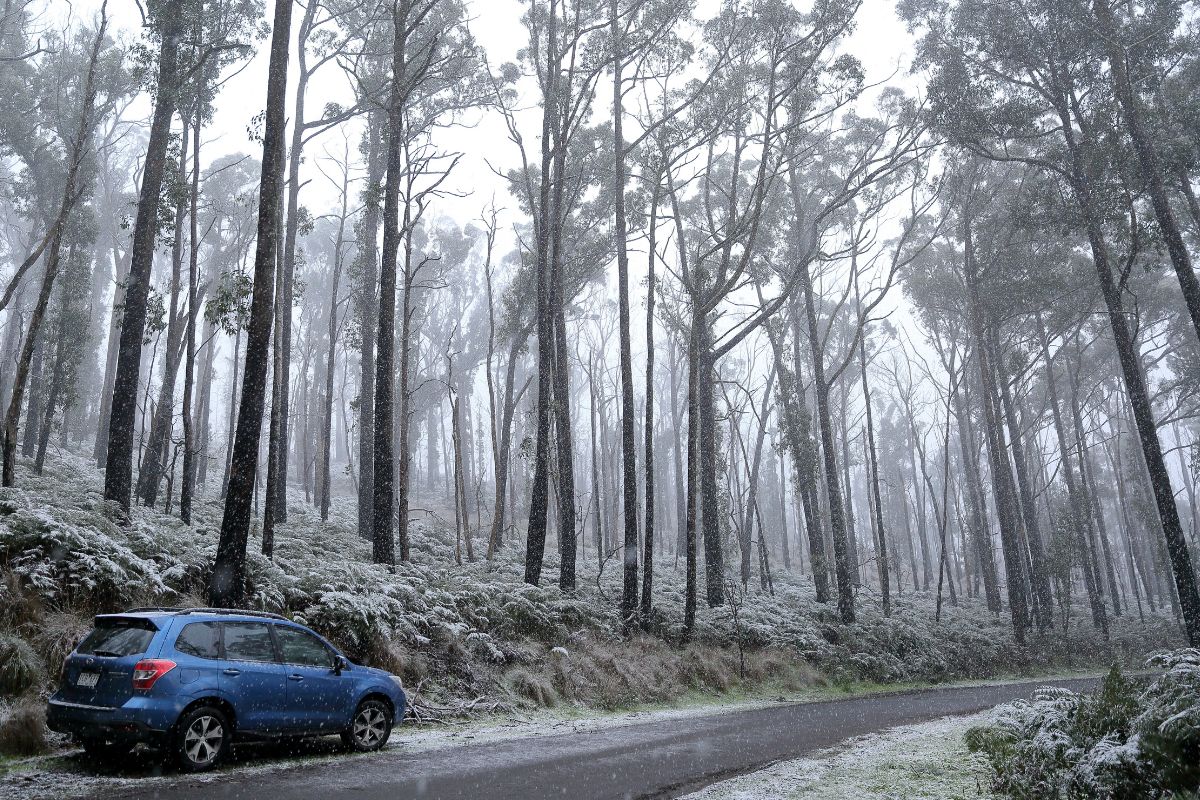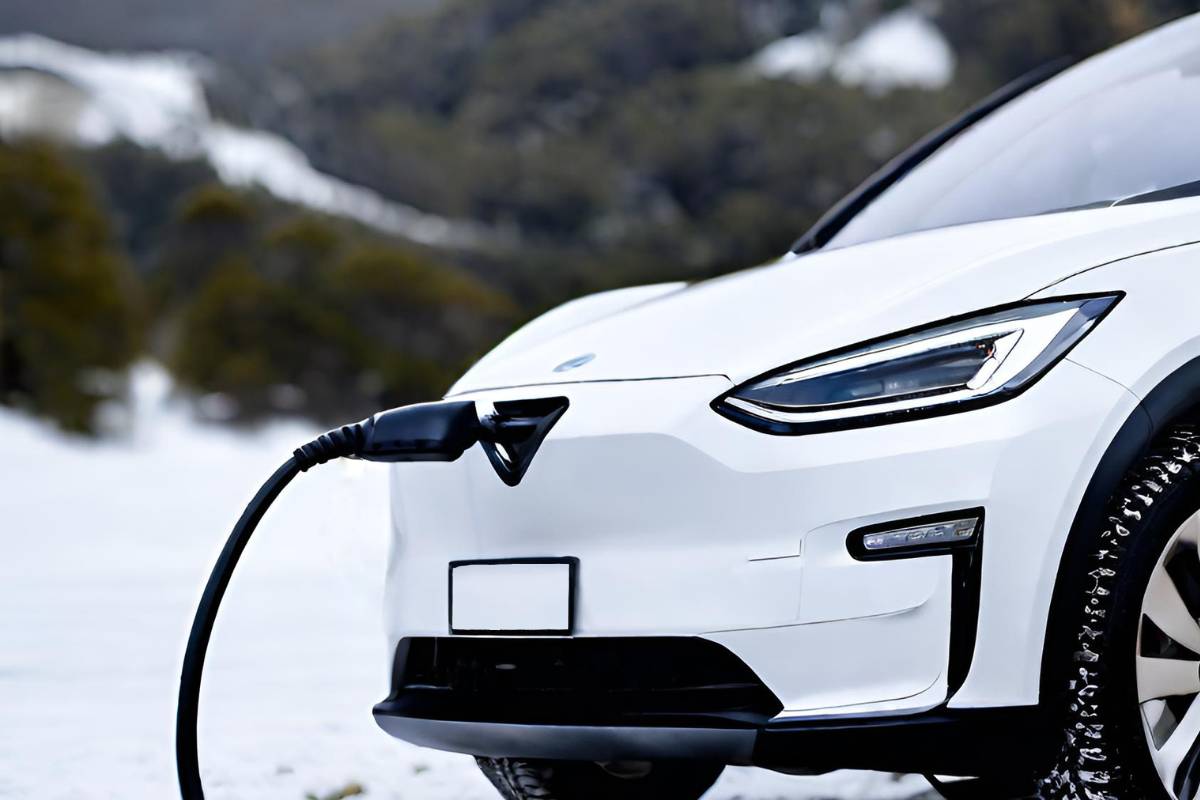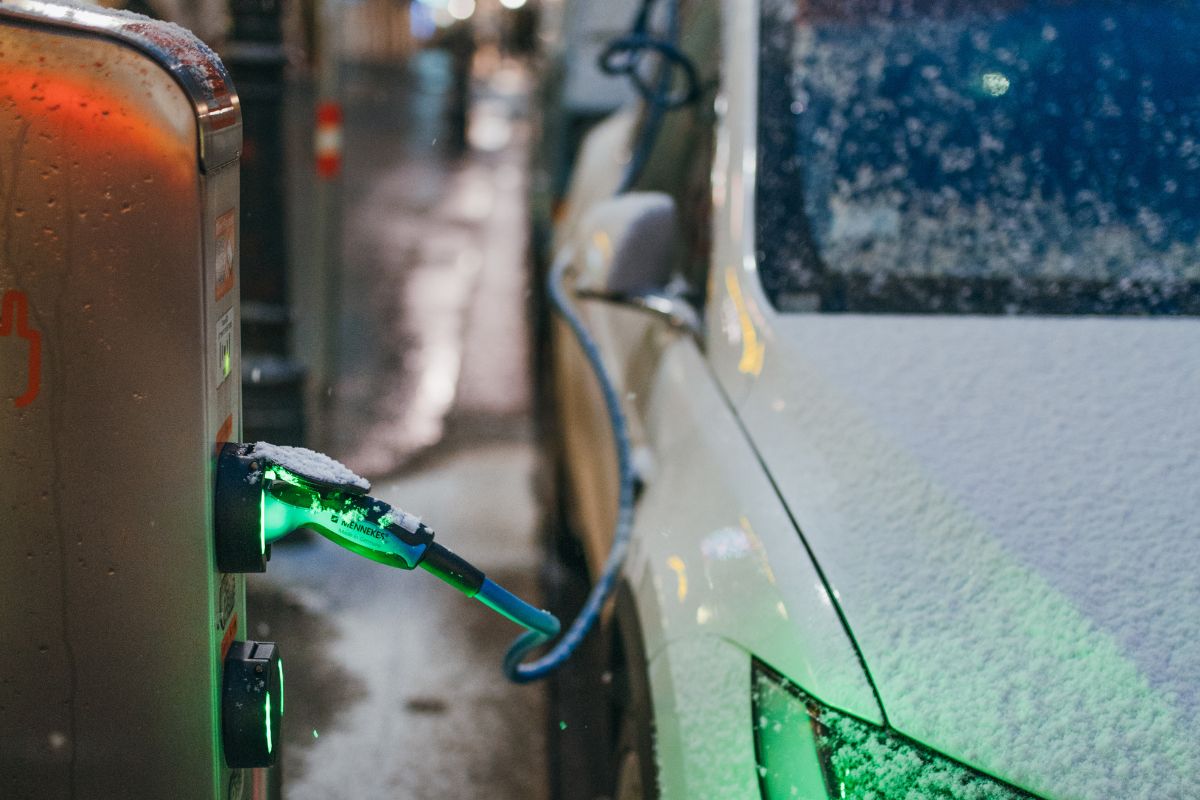Spending time in nature is an alluring past time that attracts millions of visitors to the snow yearly. For the majority of visitors, that involves escaping the metropolitan areas of Melbourne or Sydney and driving into the sunset towards the ski fields in Alpine Australia. However, one of the most harmful parts of getting out in nature is how we actually get there.
A measurable impact
Australians rely heavily on cars to transport them to the slopes (and most other places) and therefore, a roadtrip to the pristine alpine environment can be sullied by the realisation that in driving there, we are having a negative impact on the environment.
For example, a single round-trip from Melbourne to Mount Buller in a Ford Ranger (the top selling car in 2022) emits about 118 kg of carbon dioxide (CO2)⁴. The same car driving from Sydney to Jindabyne would emit about 240kg of CO2.
To put that into context, the average person in Rwanda emits 100 kg of CO2 per year⁵.

As electric vehicles become more and more popular in Australia, that goal of low-emission travelling seems to be within our grasp. In theory, it is the perfect solution.
But I don’t have an EV so what can I do?
Protect Our Winters Australia sees the potential to make trips to the snow more sustainable and has been developing the POW carpooling web app in an effort to decrease the number of cars driving towards the slopes and to reduce emissions in that manner.
Carpooling takes cars off roads, saving money, reducing greenhouse gas emissions, traffic, roadkill and builds a community while doing so. However, an alternative method of reducing emissions is to reduce the amount emitted per car.
Which ski resorts are best for electric vehicles in Australia?
Some Australian resorts have recently invested in chargers. For example Falls Creek installed 4 charging outlets in 2023. However, across Mount Hotham, Jindabyne, Thredbo and Perisher there are only limited chargers available and many of those are restricted to guests of resorts or hotels. Mount Buller has no chargers available.
Therefore, if you are the owner of an electric vehicle or considering becoming one, researching where to charge the car must become an additional point to your pre-ski checklist using charger mapping websites like PlugShare or by contacting individual resorts.

Asking your local resort about their EV charger options is one way to elicit change.
How long have electric vehicles been around?
Surprisingly, electric vehicles were first invented in 1832 by Robert Anderson and were a contender to be the primary choice for mainstream transportation. However, a lack of rechargeable batteries and general inefficiency meant that Henry Ford and his gasoline powered car was successful in dominating the market⁶.
It was only recently when the high emissions and sources of petrol became a concern that the focus shifted back towards electric vehicles.

An early “8-seater” electric vehicle. I wonder if they have snow chains for that?
Electric vehicles have been heralded as the saving grace when it comes to green transport and are decidedly a better option than internal combustion engines run on petrol. They are energy-efficient, reduce emissions and need less maintenance¹. However, they aren’t a perfect solution.
Using electric vehicles does not produce any emissions however there may be some produced in the process of electricity generation. Therefore, how ‘green’ an electric car is is dependent on where electricity is sourced.
This also has an impact on the cost of the vehicle. Since they utilise a new technology, electric vehicles tend to be more expensive upfront than their petroleum counterparts. However, electric cars typically require less maintenance and depending on electricity sources, are usually cheaper to recharge.

It is reported that charging an electric vehicle from the grid will result in 53 to 77% savings compared to its petrol counterpart². Image: An AI generated EV at an Australian ski resort.
Electric vehicles have the potential to offer a large reduction in emissions but there is a lot of work to be done and many aspects of EV to consider. So, while we wait for ski resorts to introduce chargers and for EV to become more affordable, how can we decrease our personal emissions?
Well, besides from carpooling and public transport, a reduction of emissions can also come from discussions with your local government members as we try to push the government to change fuel emission standards and aid the transition away from fossil fuels.
Check your vehicle’s ski trip emissions
We need to be asking critical questions of any proposed solutions to the climate crisis and not simply accept that innovations like electric vehicles will not come without their own issues.
If you are interested in having more of these discussions or just want to come together with an alpine-loving community, connect with POW to learn more.
References:
- Brown, R. (2023). The top pros and cons of electric cars. Energysage. https://www.energysage.com/electric-vehicles/pros-and-cons-electric-cars/
- Cost to Charge an Electric Car in Australia: Everything You Need to Know (2023) Zecar https://zecar.com/resources/how-much-does-it-cost-to-charge-an-electric-ca
- Hickey, J. (2024) These were Australia’s top 10 best-selling cars in 2023. WhichCar. https://www.whichcar.com.au/news/top-10-best-selling-cars-australia-2023
- Pow tools CO2 Calculator, https://tools.protectourwinters.org.au/calculator
- Ritchie, H., Rosado, P., and Roser, M. (2023) – “CO₂ and Greenhouse Gas Emissions” Published online at OurWorldInData.org. Retrieved from: https://ourworldindata.org/co2-and-greenhouse-gas-emissions' [Online Resource]
- Ying Yong, J., Ramachandaramurthy, V.K., Tan, K. M., Mithulananthan, N. (2015) A review on the state-of-the-art technologies of electric vehicle, its impacts and prospects.
- Renewable and Sustainable Energy Reviews, Volume 49, 2015, Pages 365-385, ISSN 1364-0321, https://www.sciencedirect.com/science/article/pii/S1364032115004001
